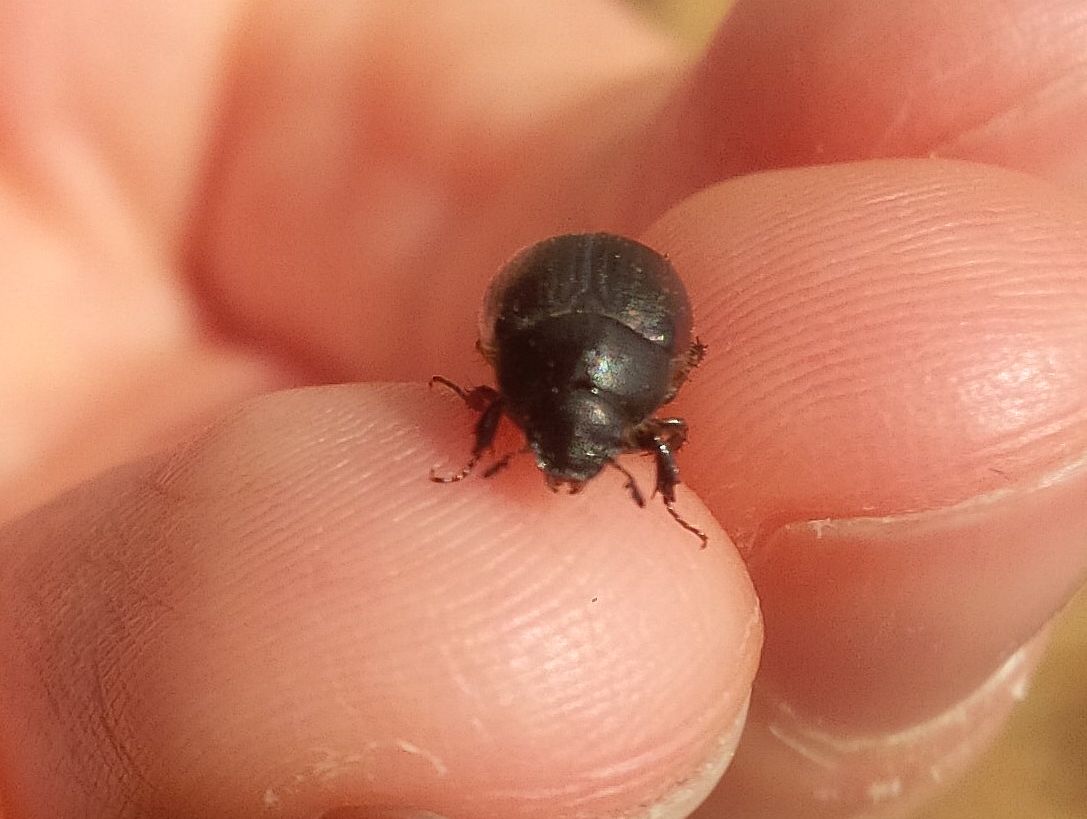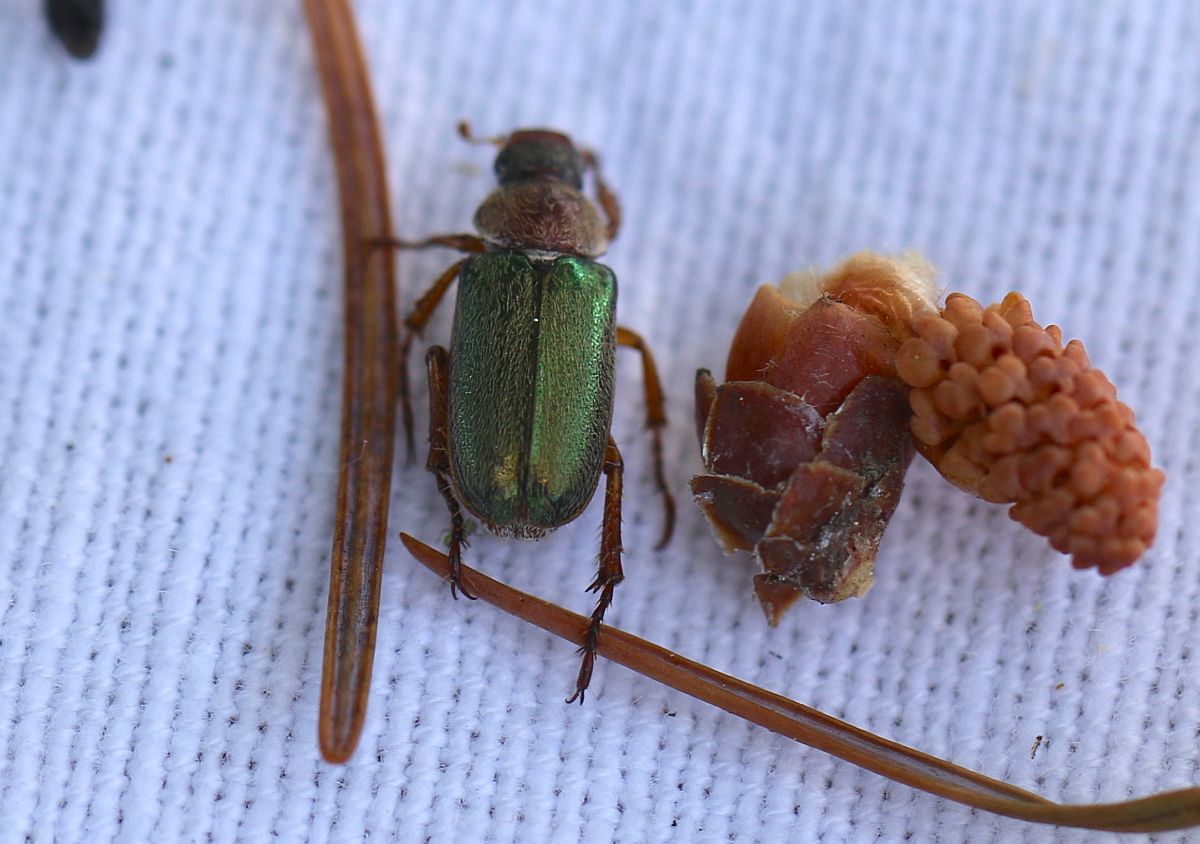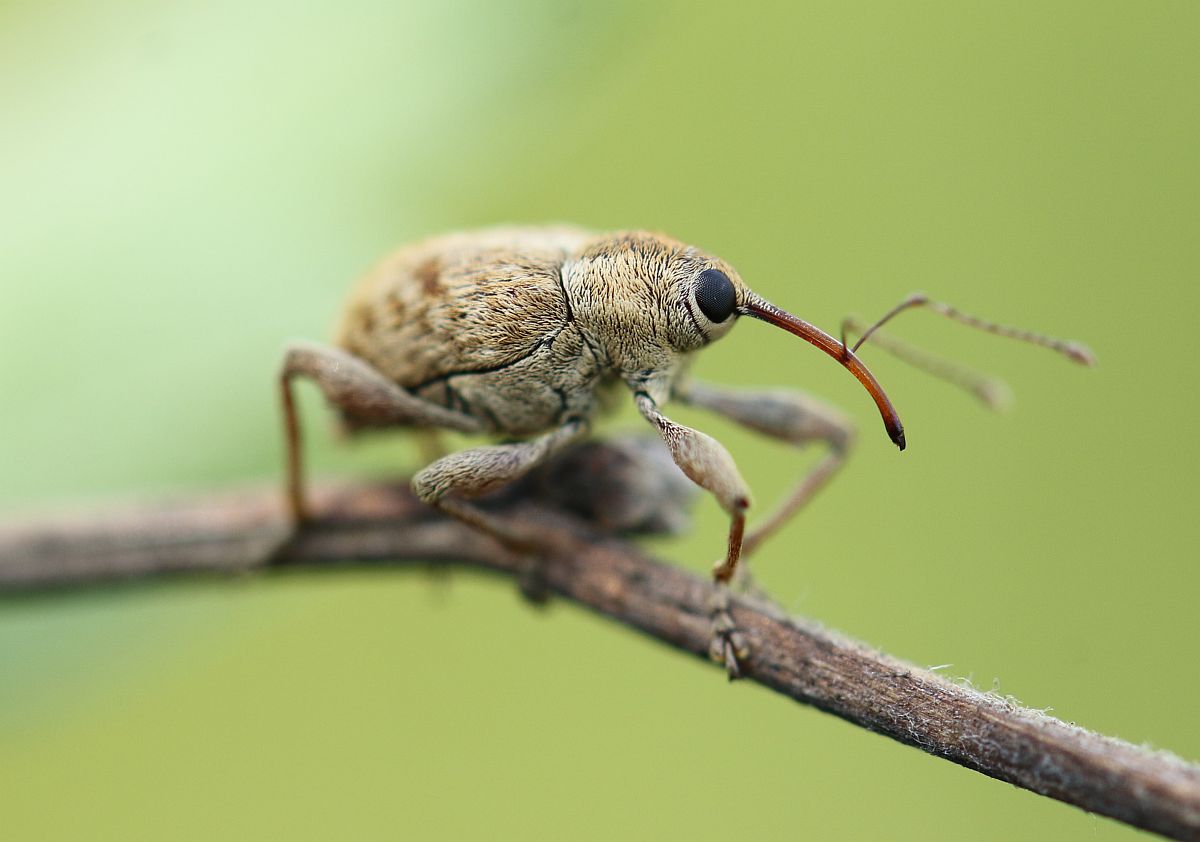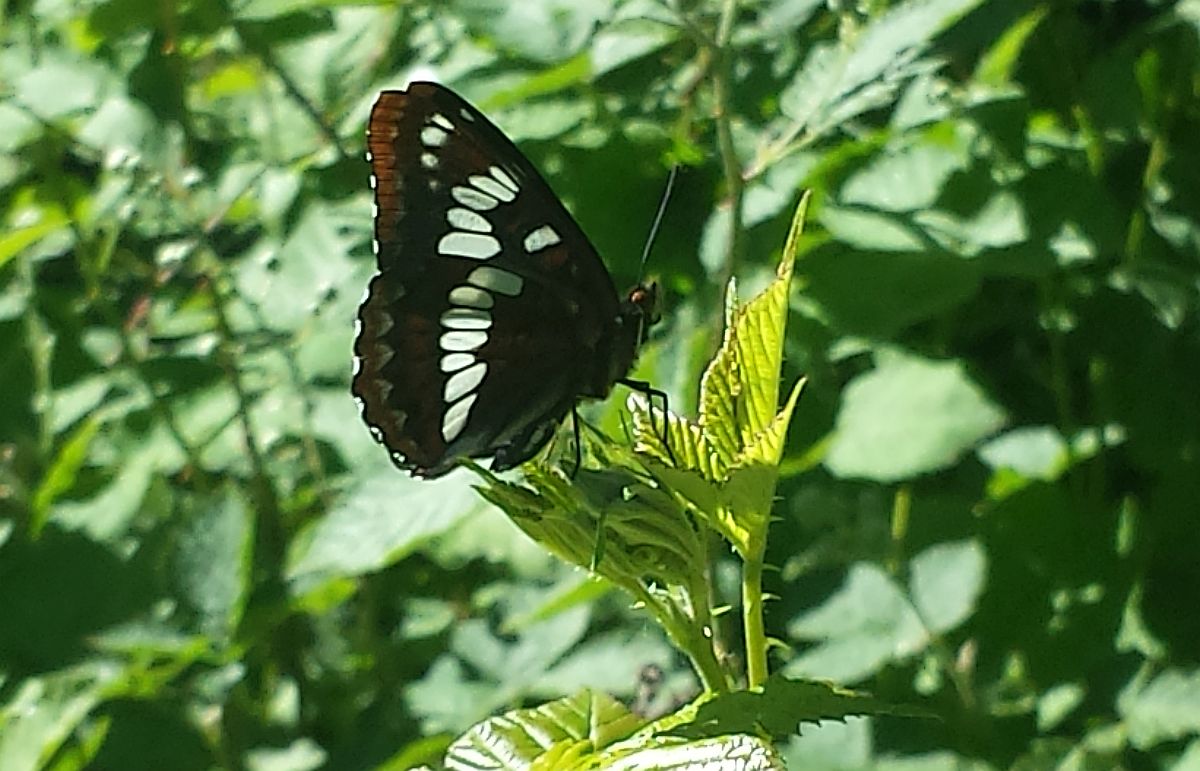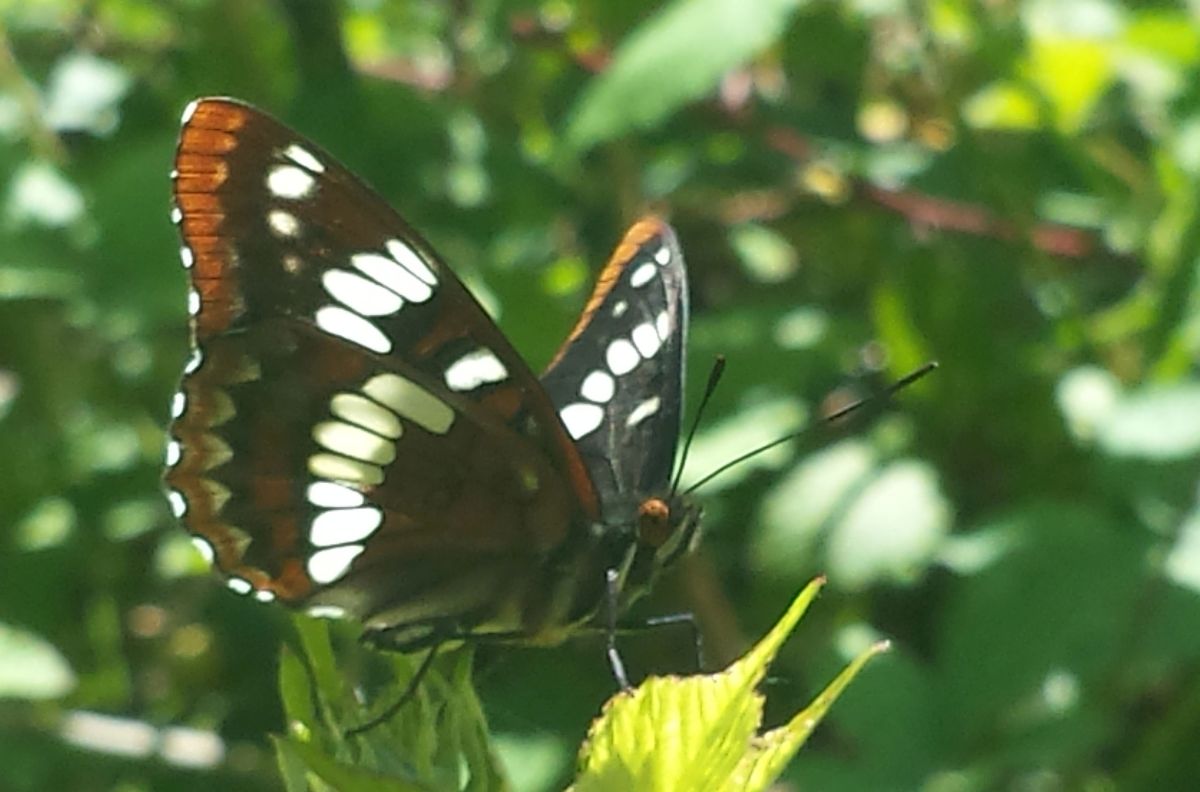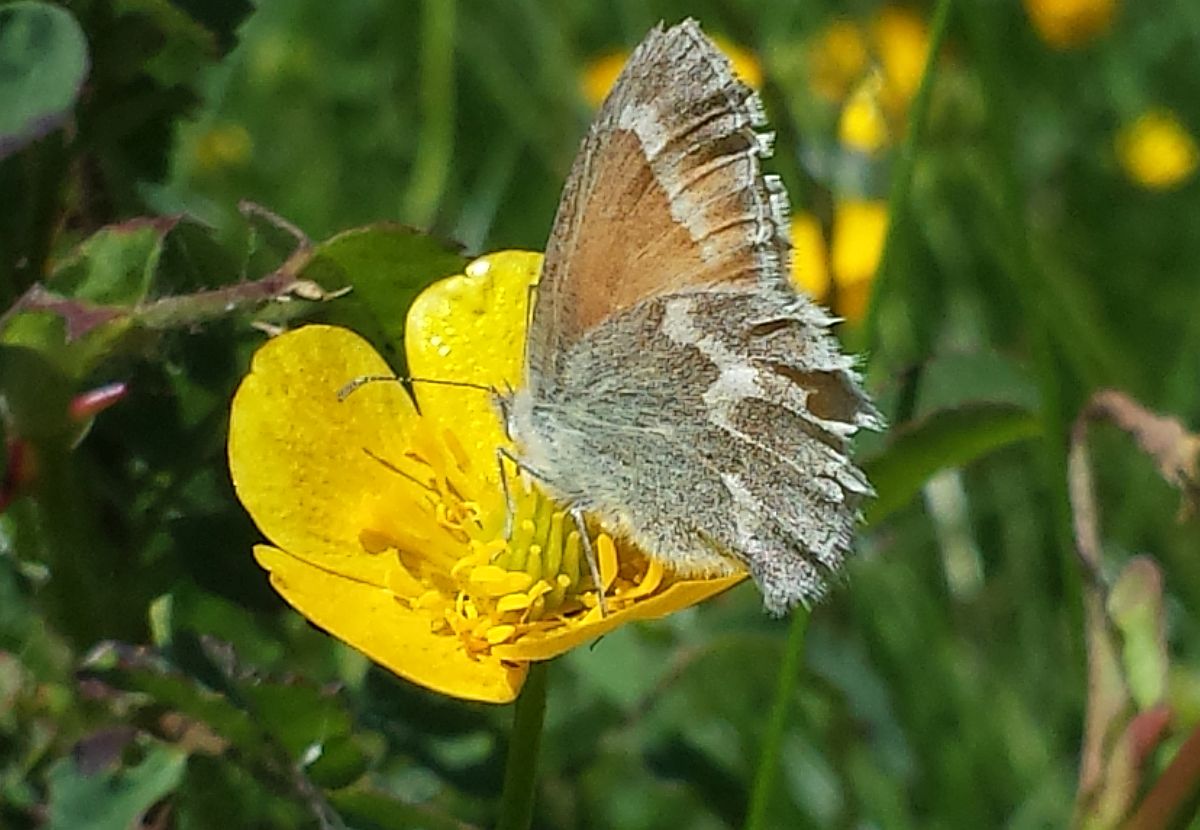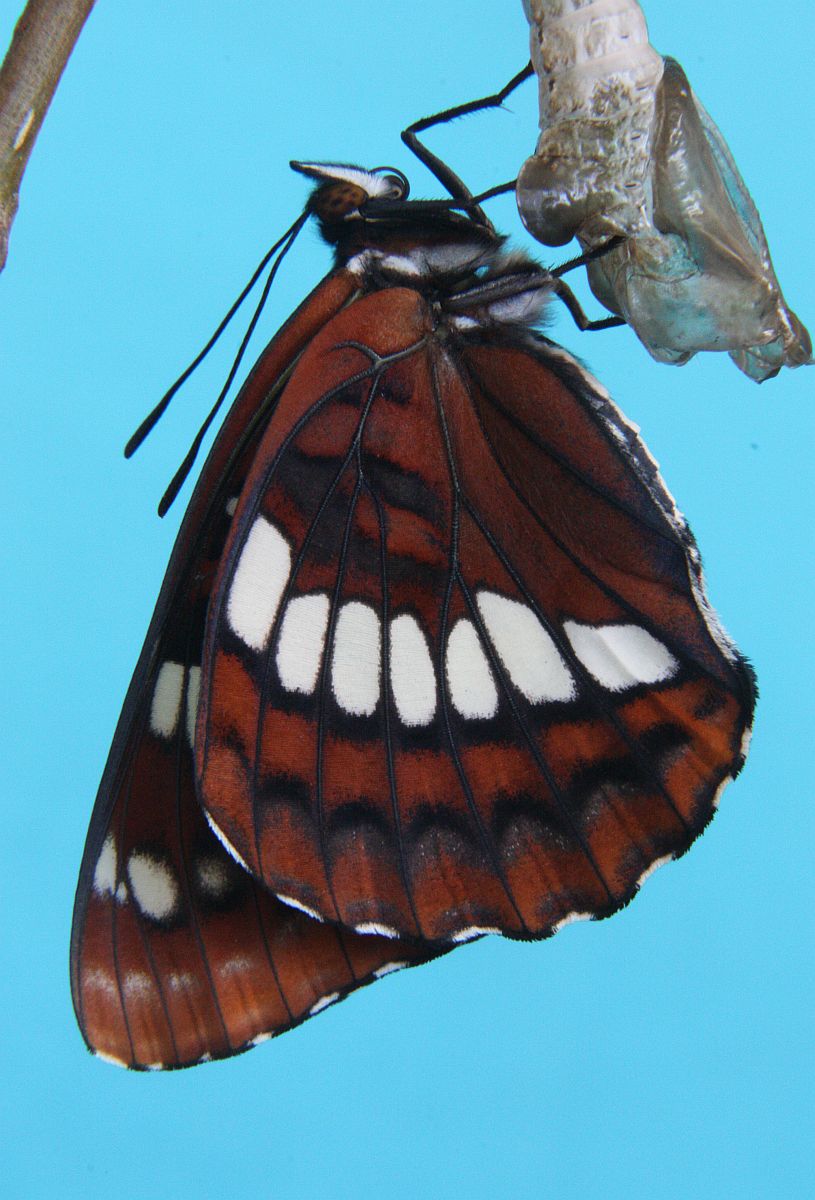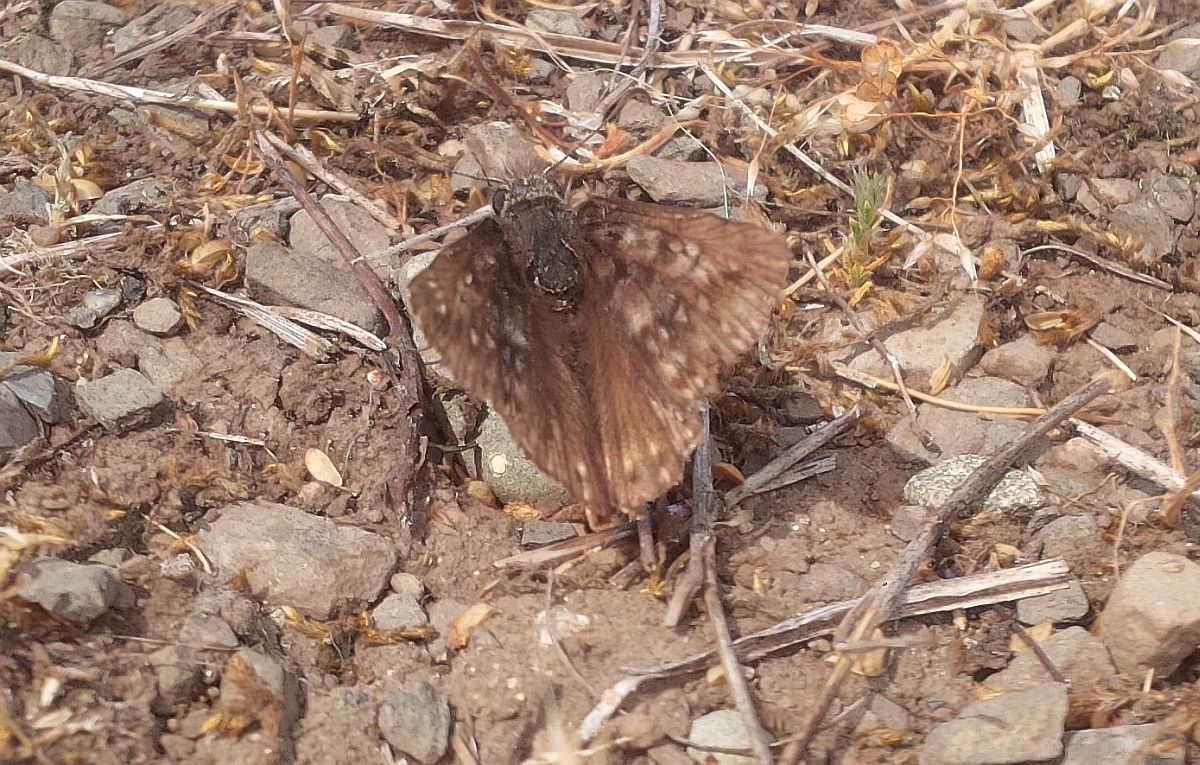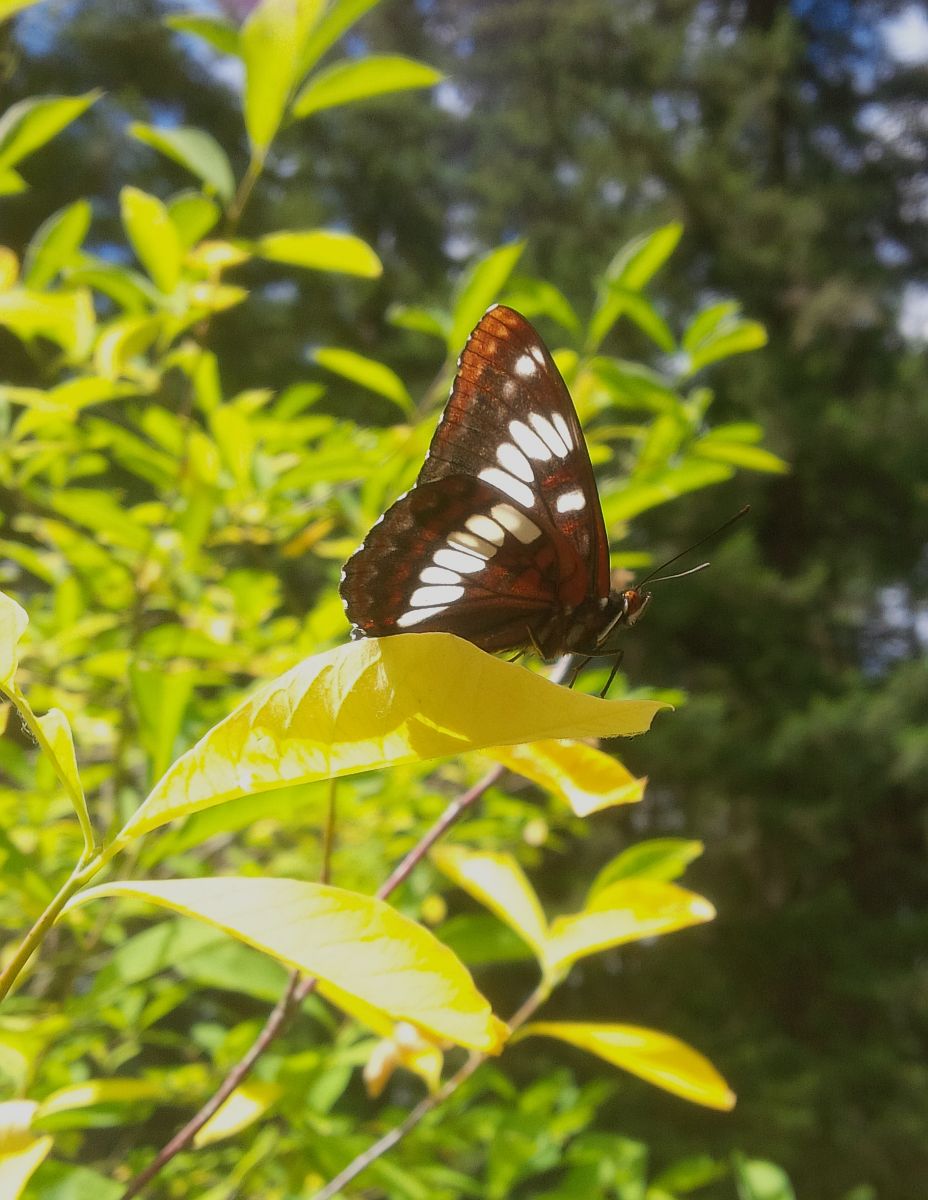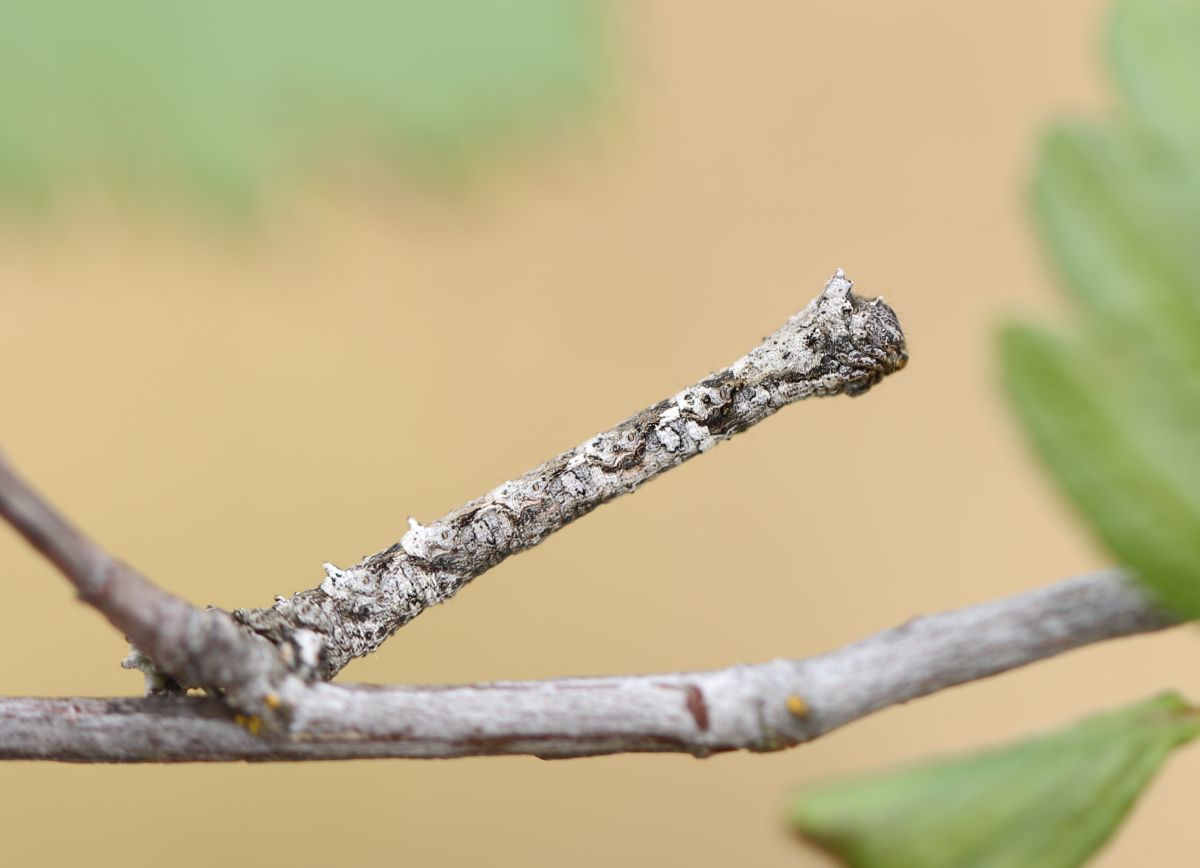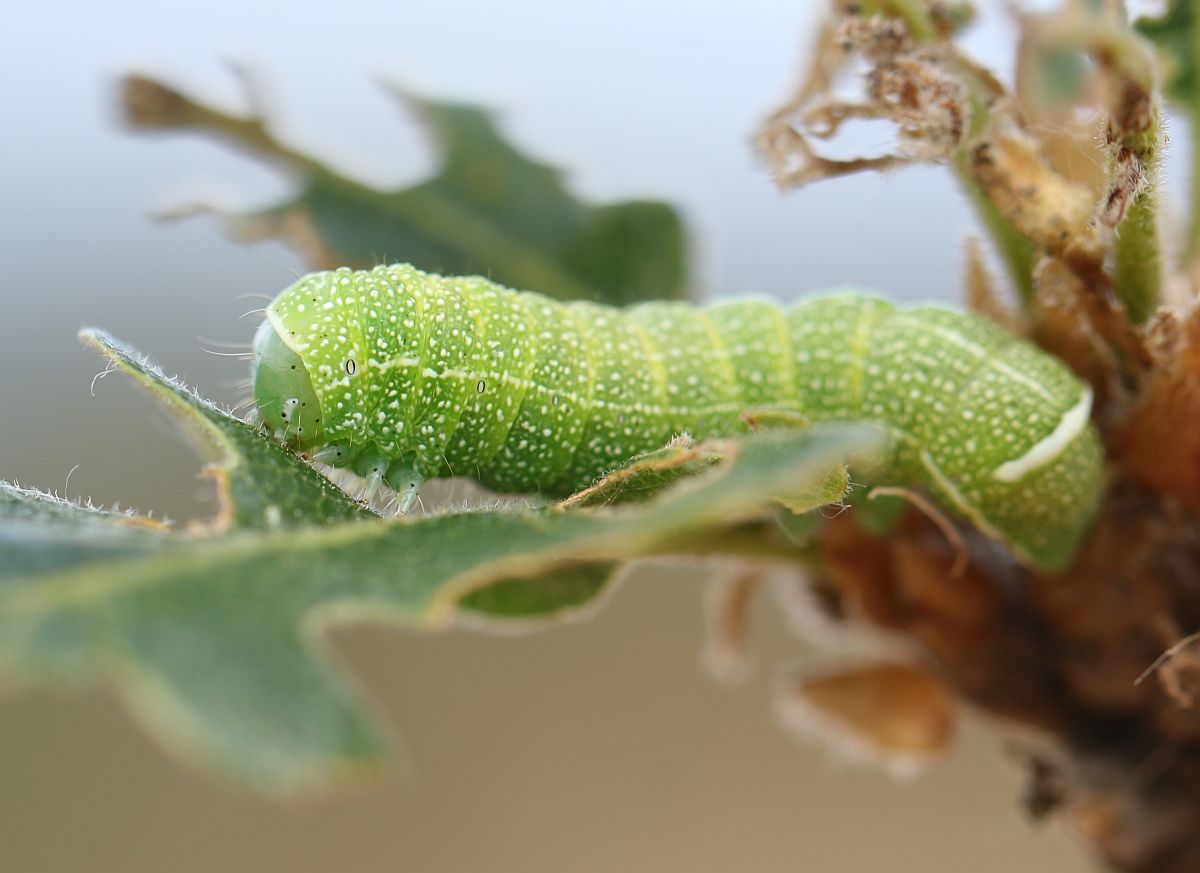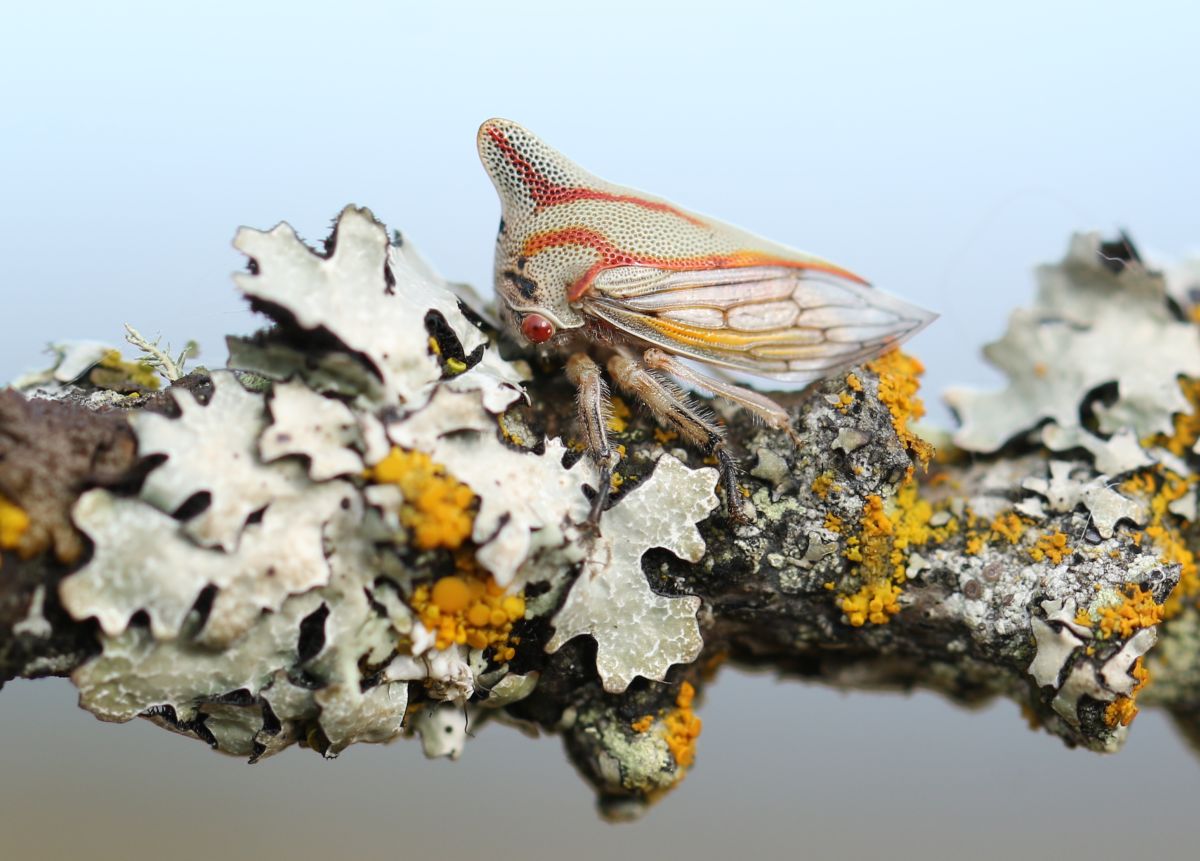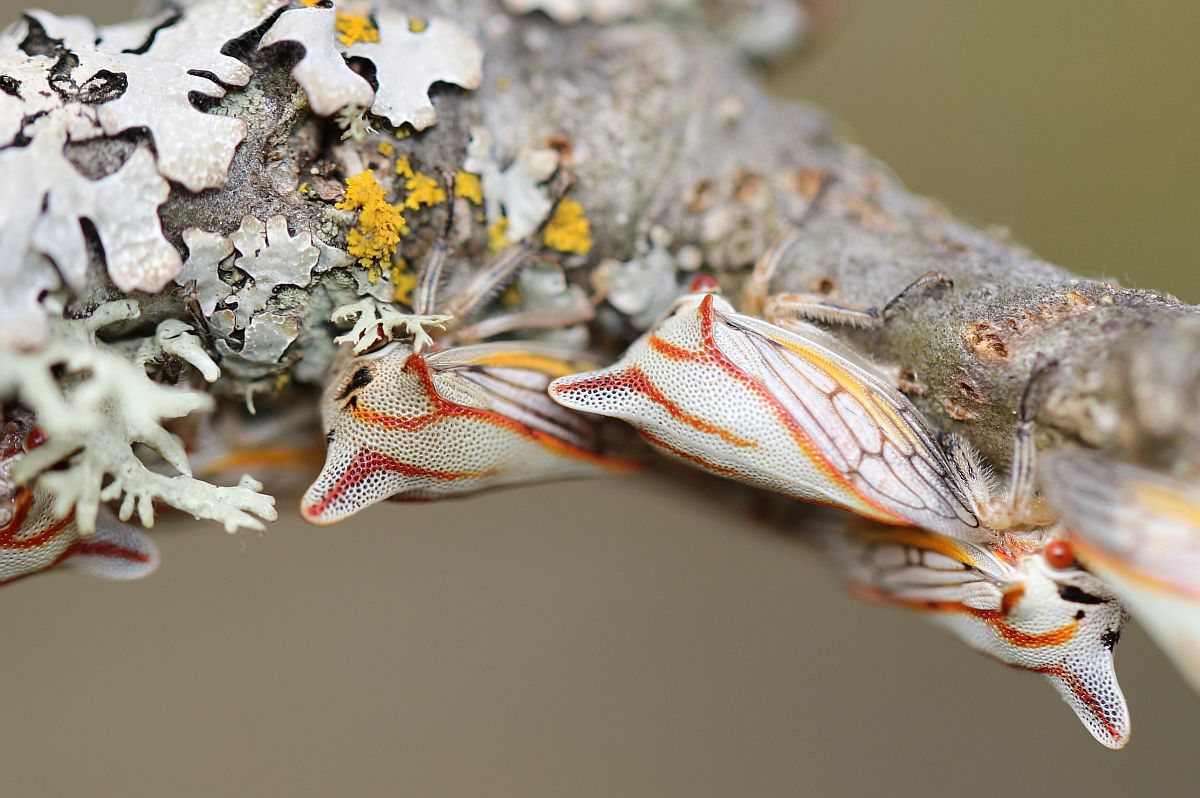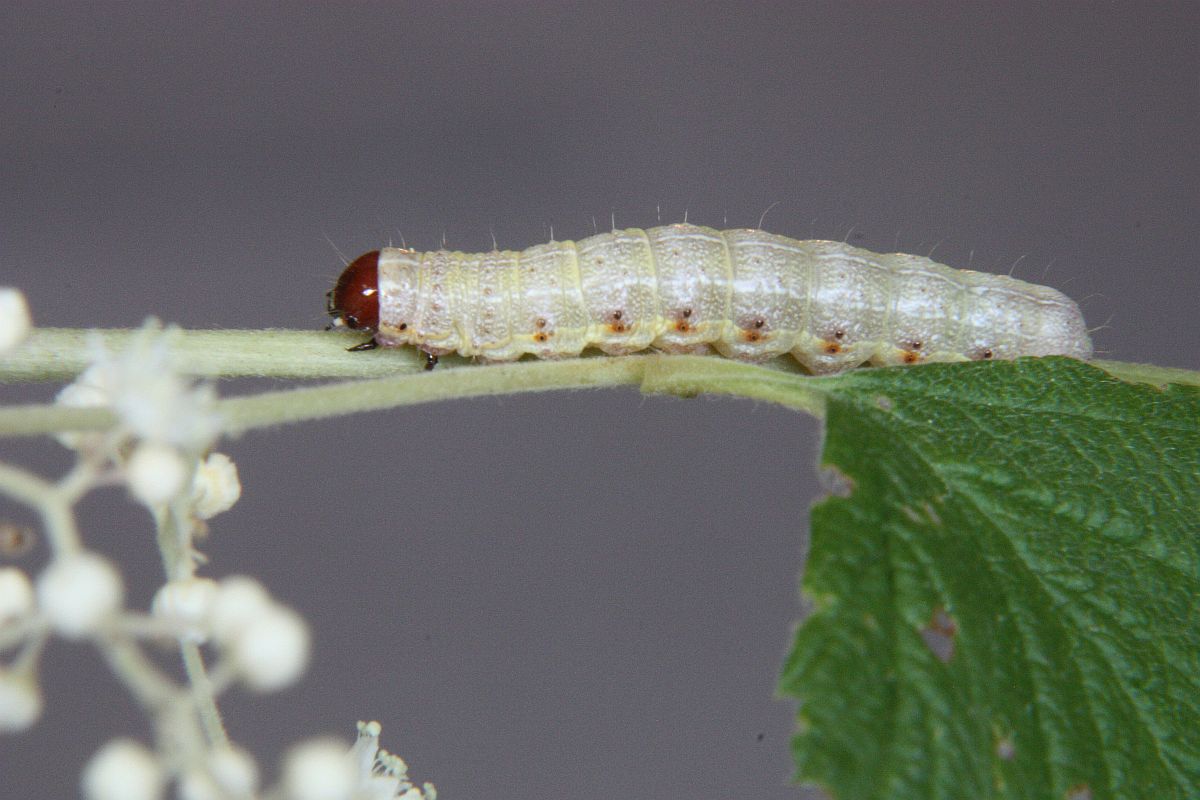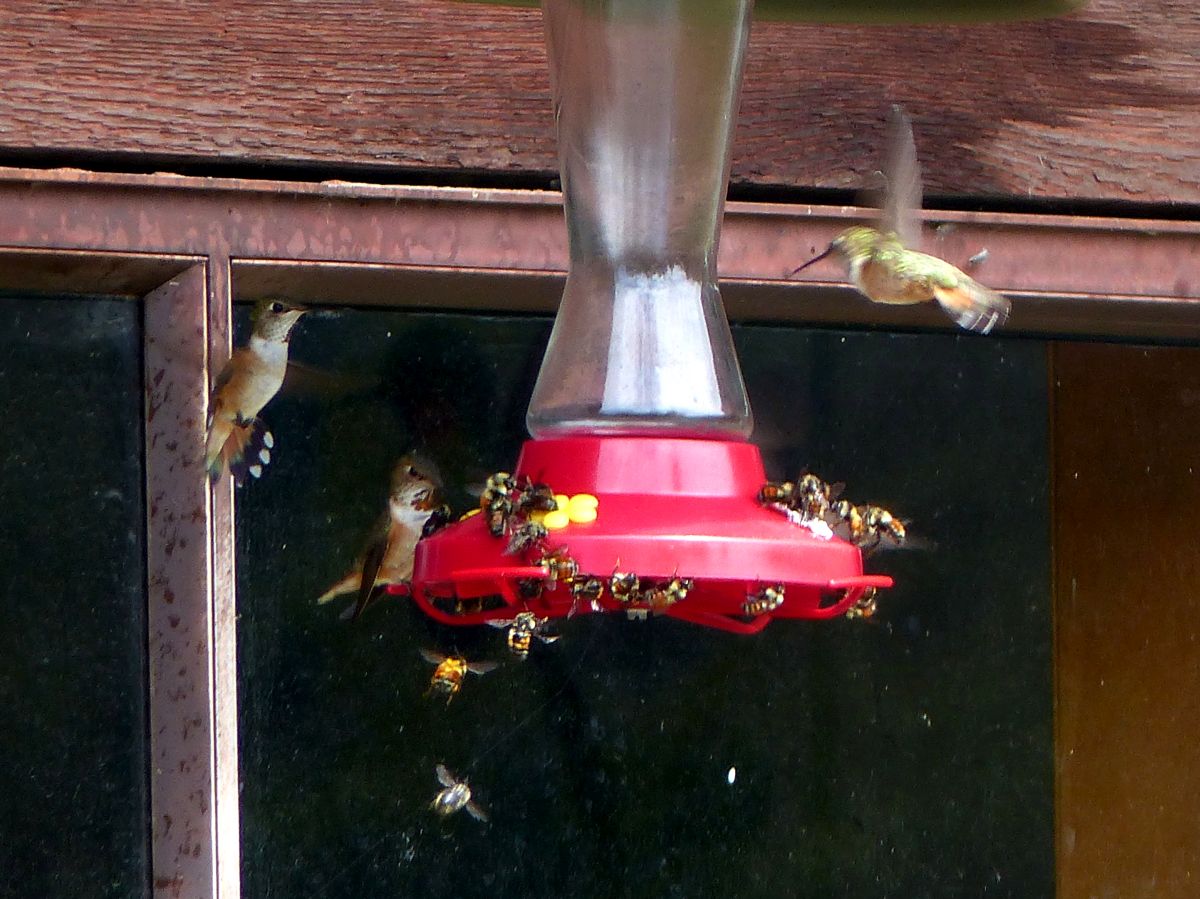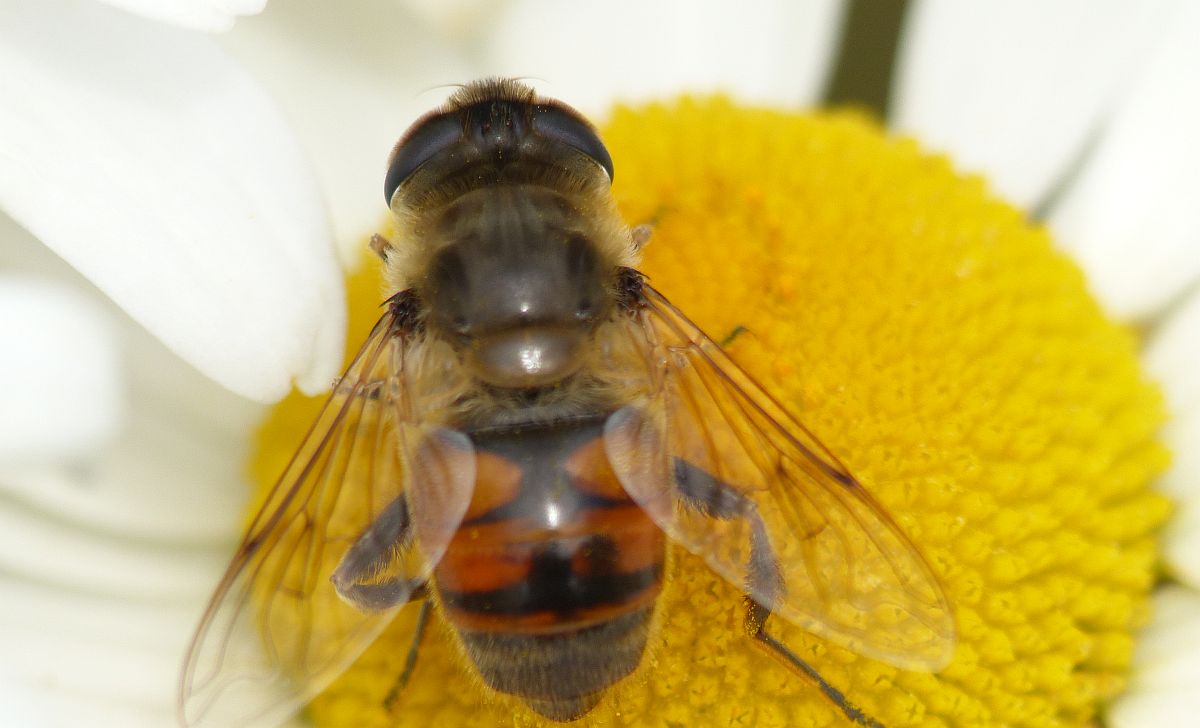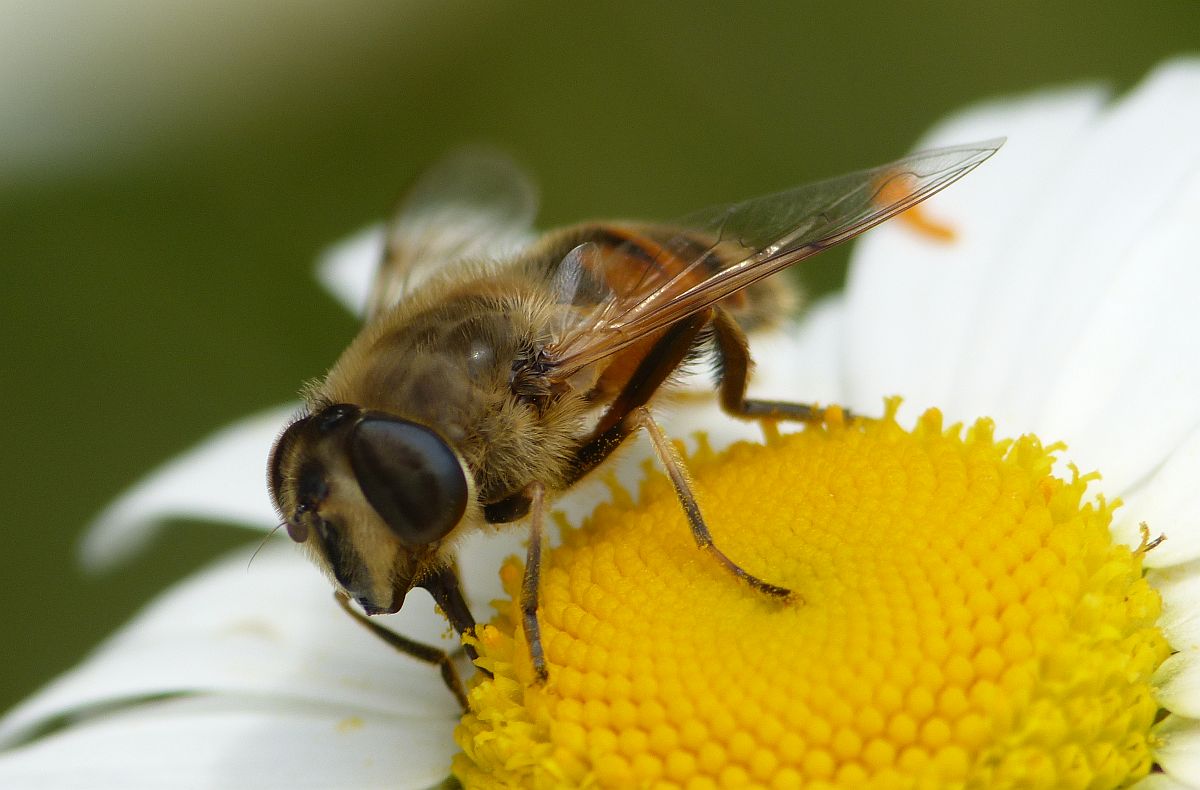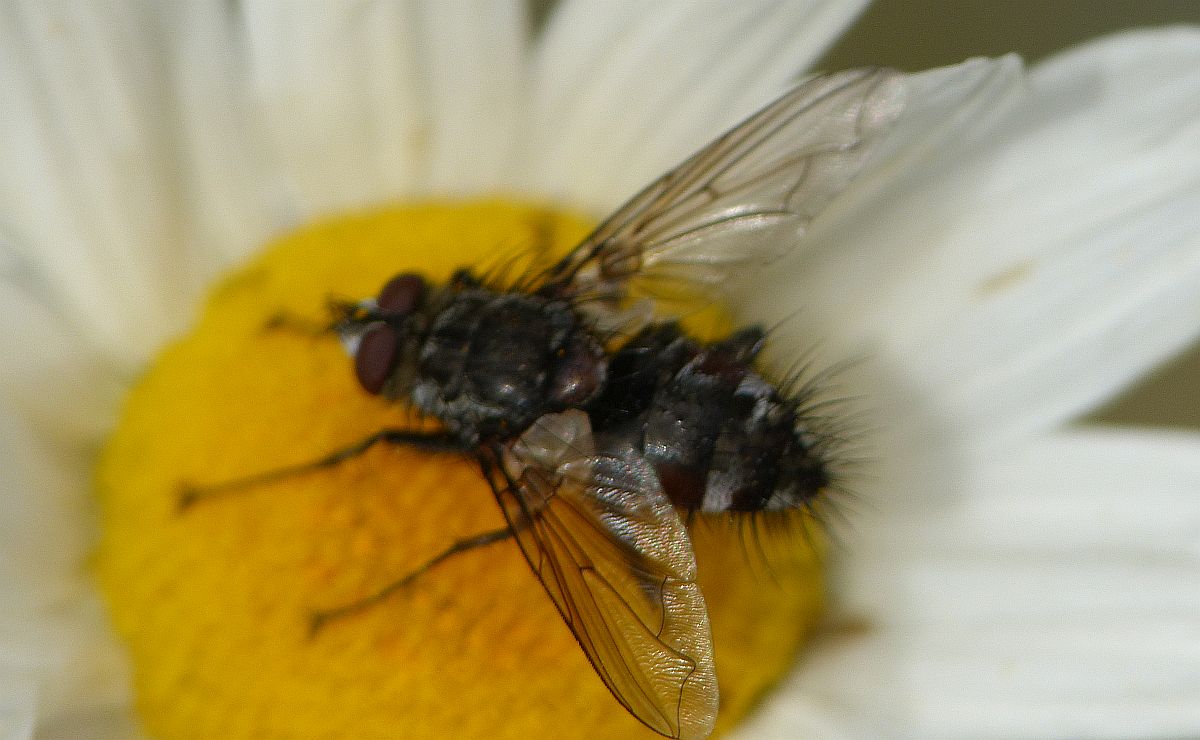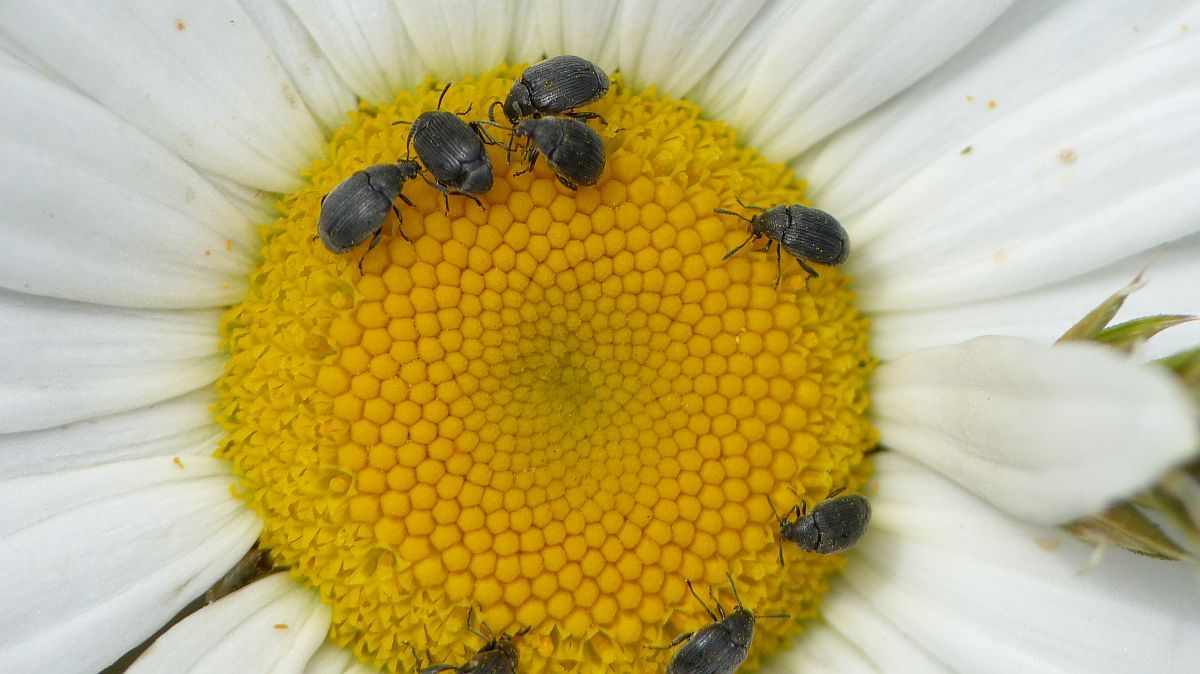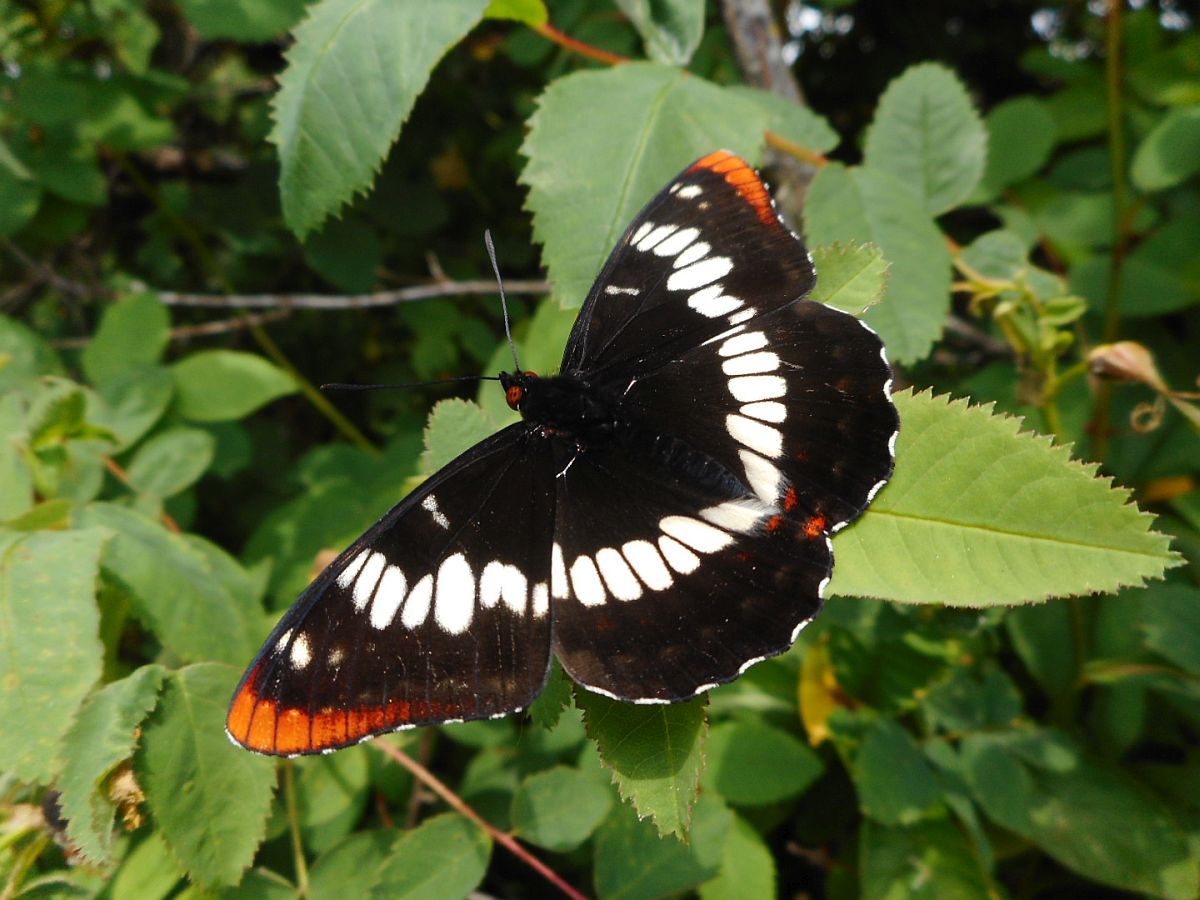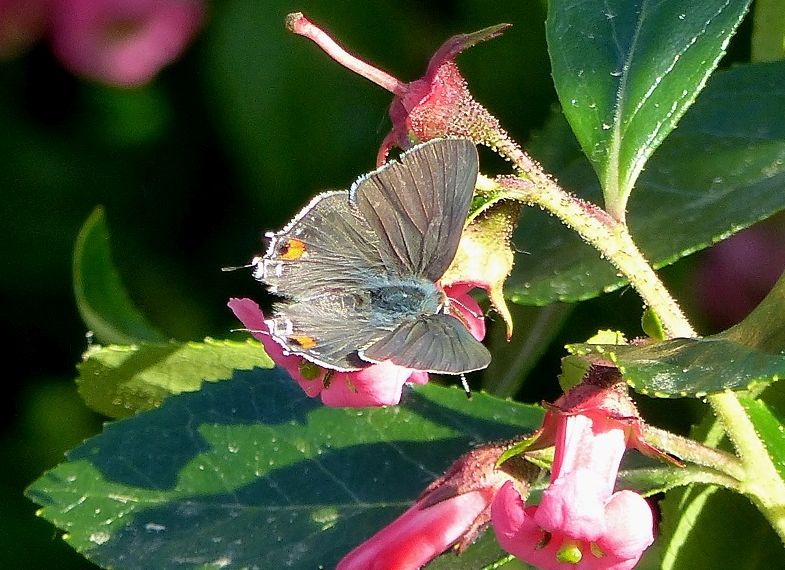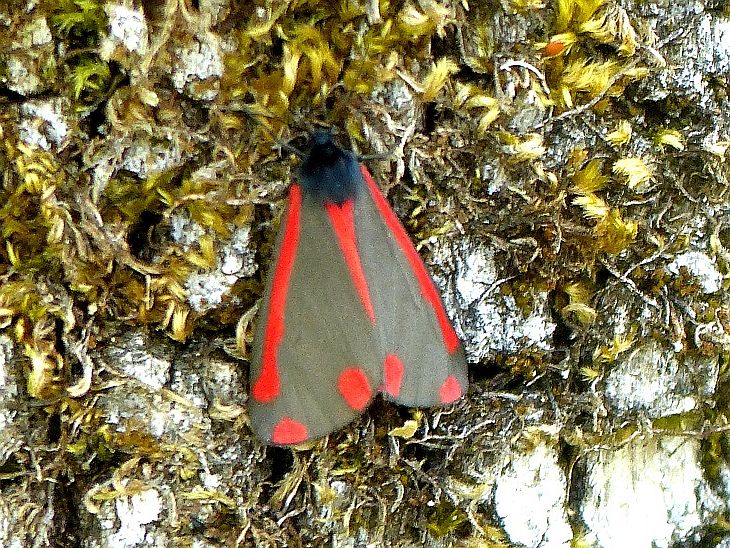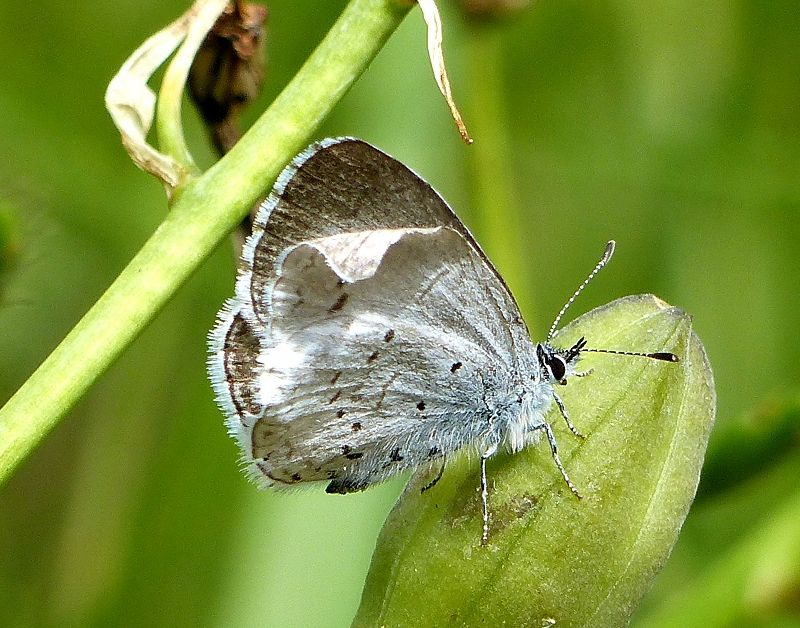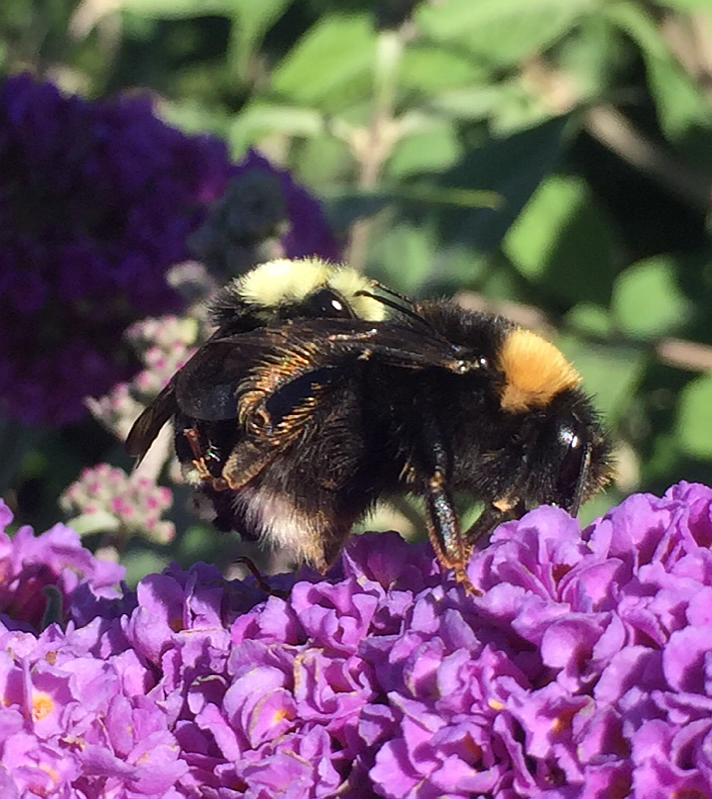2018 June 13
Jeremy Tatum writes: Here is a caterpillar of Euthyatira pudens found on dogwood at UVic yesterday.

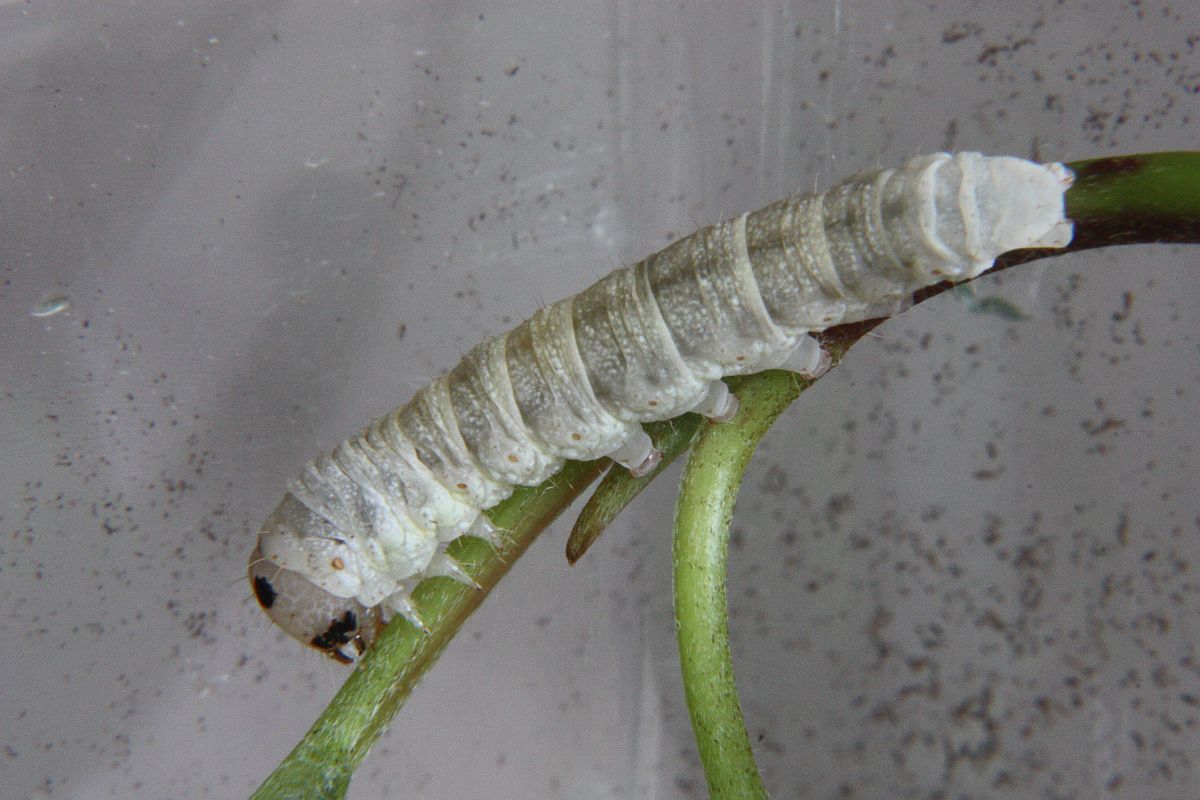
Euthyatira pudens (Lep.: Drepanidae – Thyatirinae) Jeremy Tatum
Jody Wells found this little moth at Saanichton (Cordova) Spit yesterday, June 12.

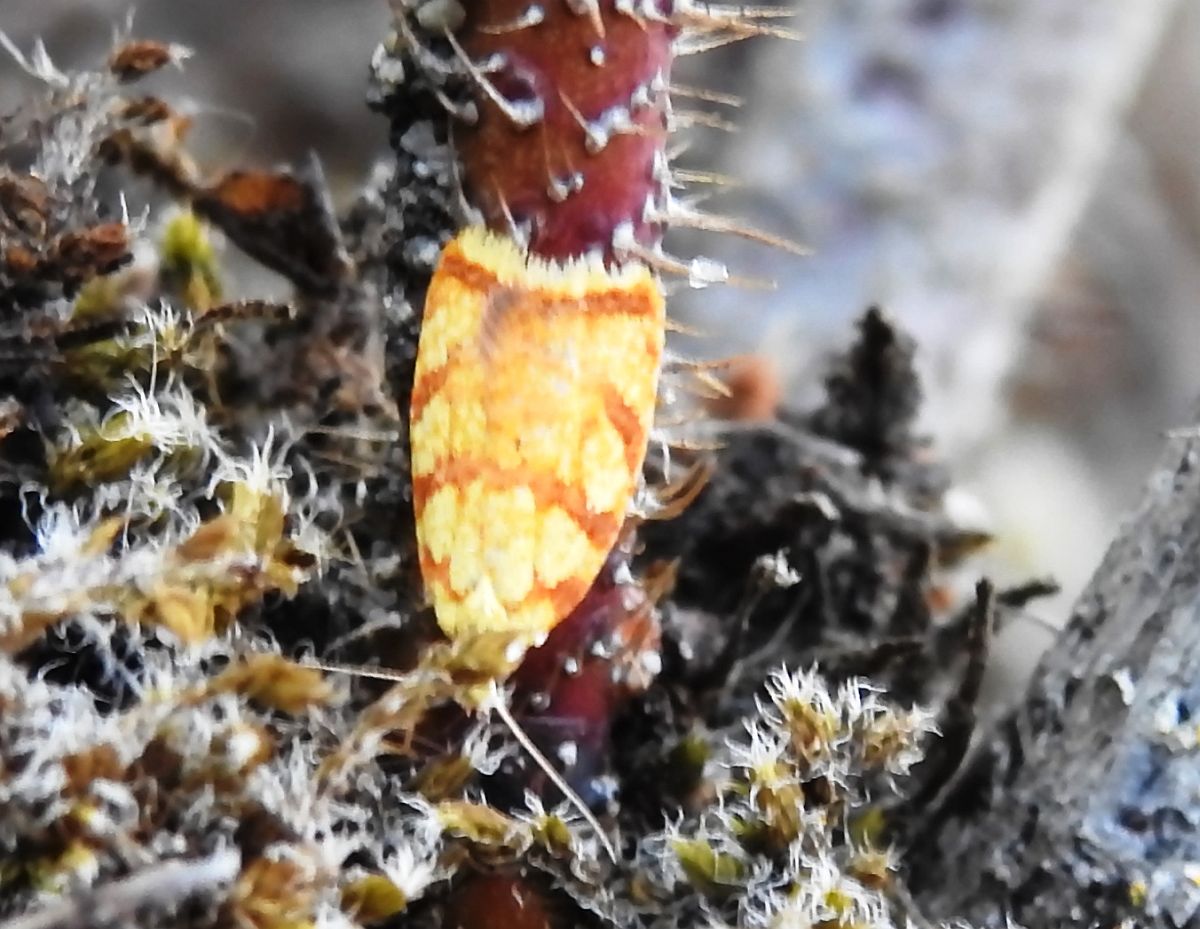
Acleris albicomana (Lep.: Tortricidae) Jody Wells
Jeremy Tatum writes: Here is the pug moth that came from the caterpillar shown on dogwood on May 29. Thanks to Libby Avis for helping with the identification as Eupithecia misturata.

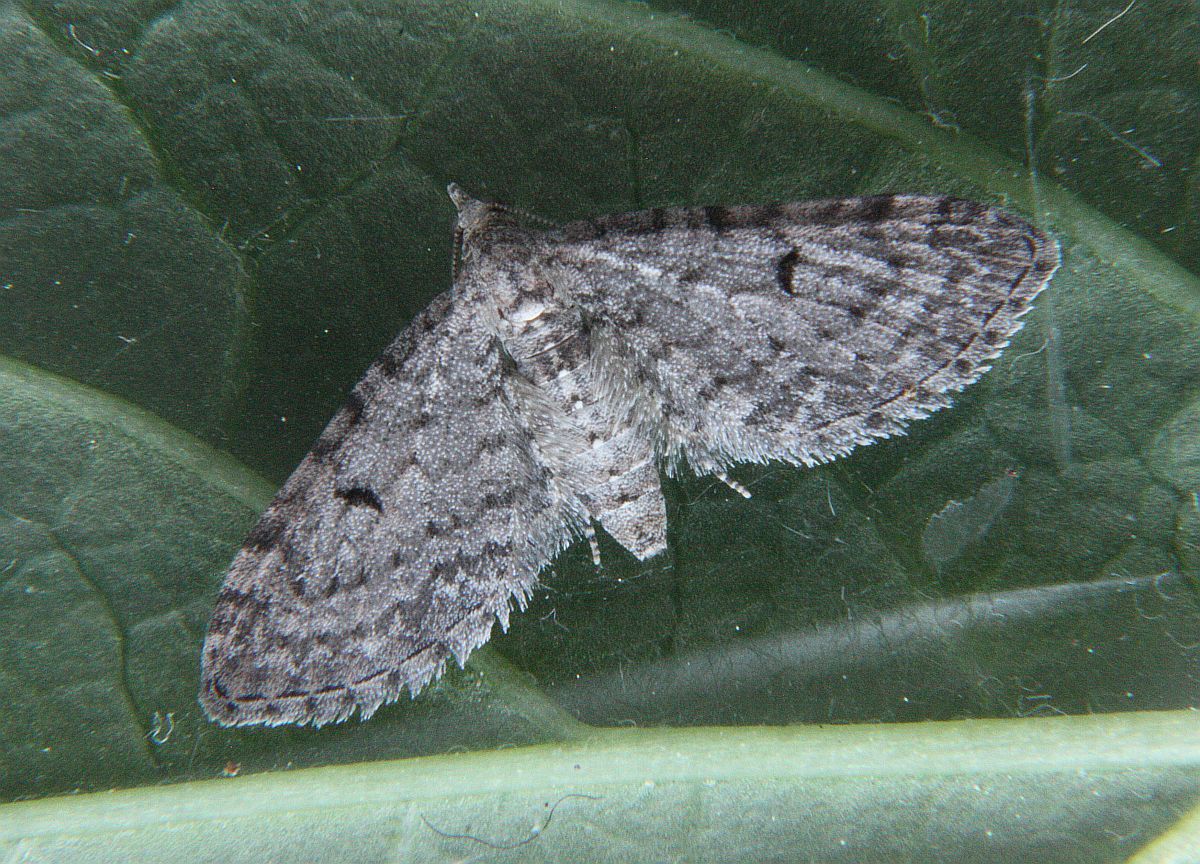
Eupithecia misturata (Lep.: Geometridae) Jeremy Tatum
Jeremy Tatum writes: I had two tortricid moths emerge from their pupae recently. They looked quite different, not only in their markings, but in their size, the female being much larger. However, Justin Dombrowskie kindly identified them for us as a male and female Archips rosana. The caterpillars had been found on Cornus stolonifera (the female) and on Rubus discolor (the male).

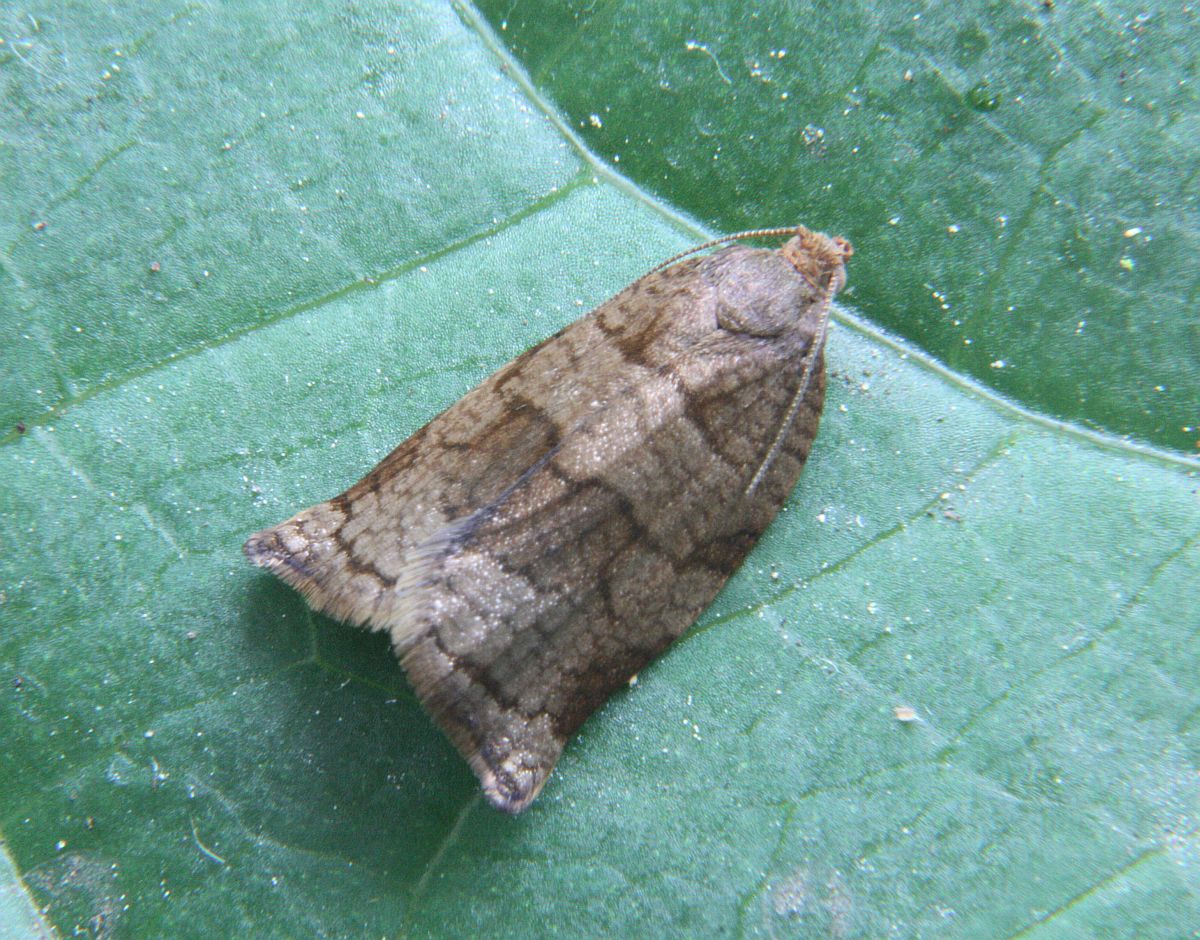
Female Archips rosana (Lep.: Tortricidae) Jeremy Tatum

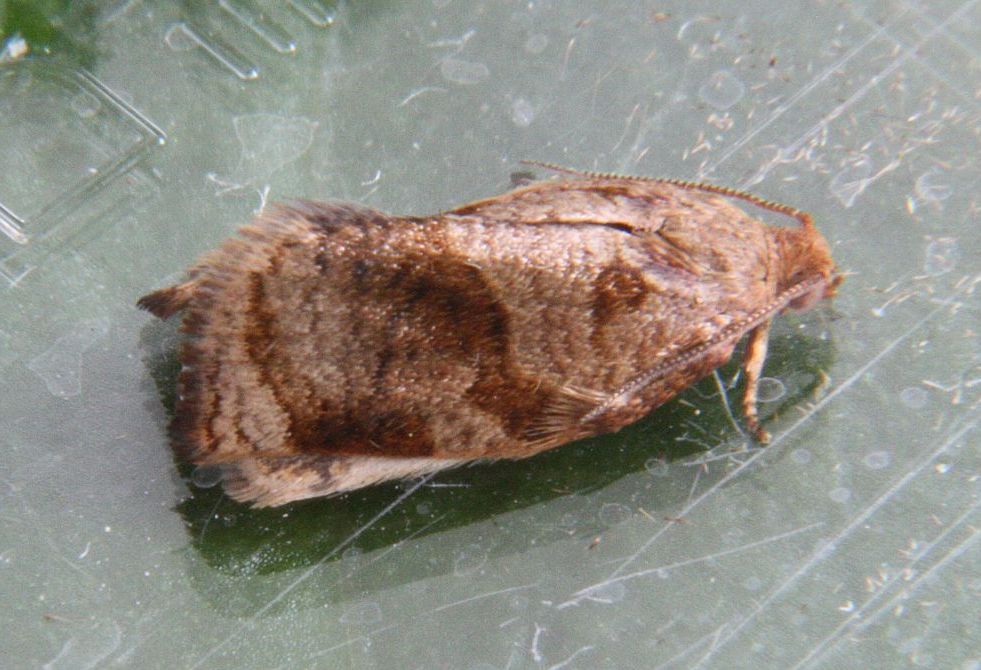
Male Archips rosana (Lep.: Tortricidae) Jeremy Tatum
Jeremy continues: David Harris and I went to Island View Beach today, where David was treated to a sight of several pristine fresh Lorquin’s Admirals. Then we went to the fields inland from Island View Beach, hoping to find Ringlets (also known as Large Heaths). I am embarrassed to say I got hopelessly and utterly lost! It is a much larger area back there than I had ever realized. After wandering randomly for a long time, we eventually met someone and we had to ask the way. Anyway, it was worth it, because we saw several Ringlets and a Purplish Copper. We also found caterpillars of an Essex (European) Skipper and a Garden Tiger Moth (both of which David could have found in Sussex!). The caterpillar of the Garden Tiger is the original Woolly Bear, the latter feeding upon Yellow Honeysuckle. I haven’t seen one here for a few years, and it permitted only a not-very-good photograph, shown below:

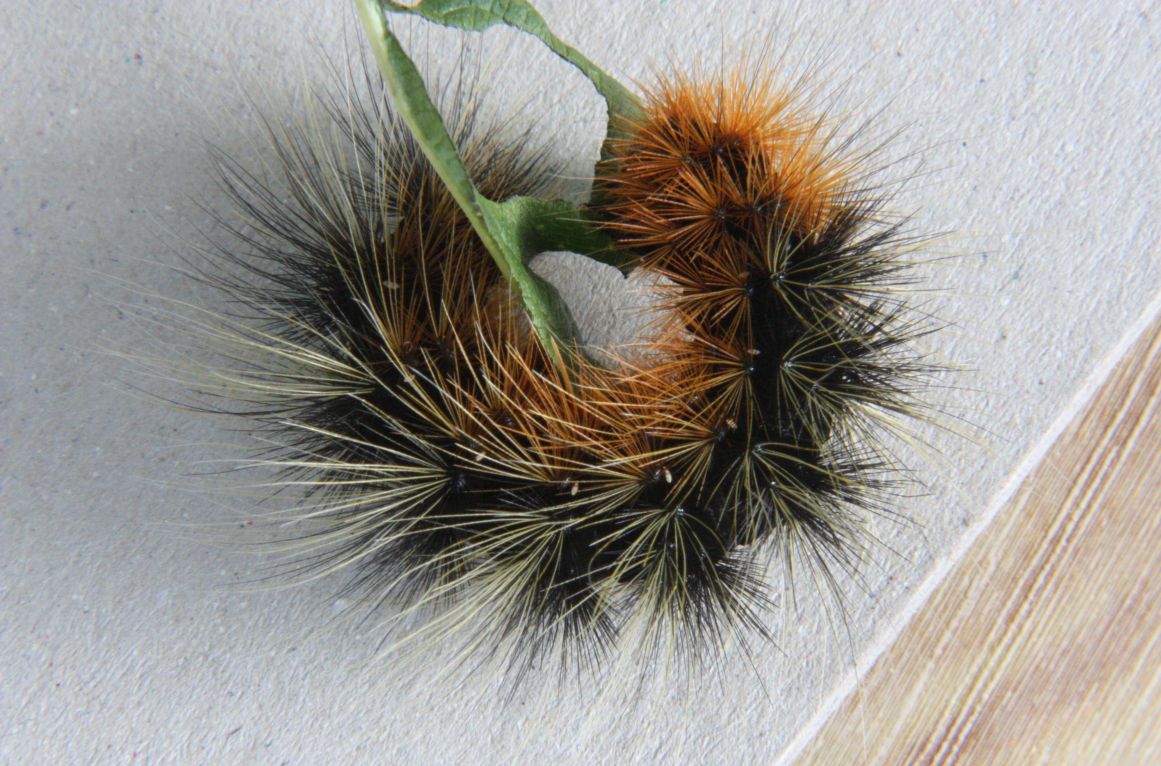
Garden Tiger Arctia caja (Lep.: Erebidae – Arctiinae) Jeremy Tatum
Lots more waiting in the queue…..

